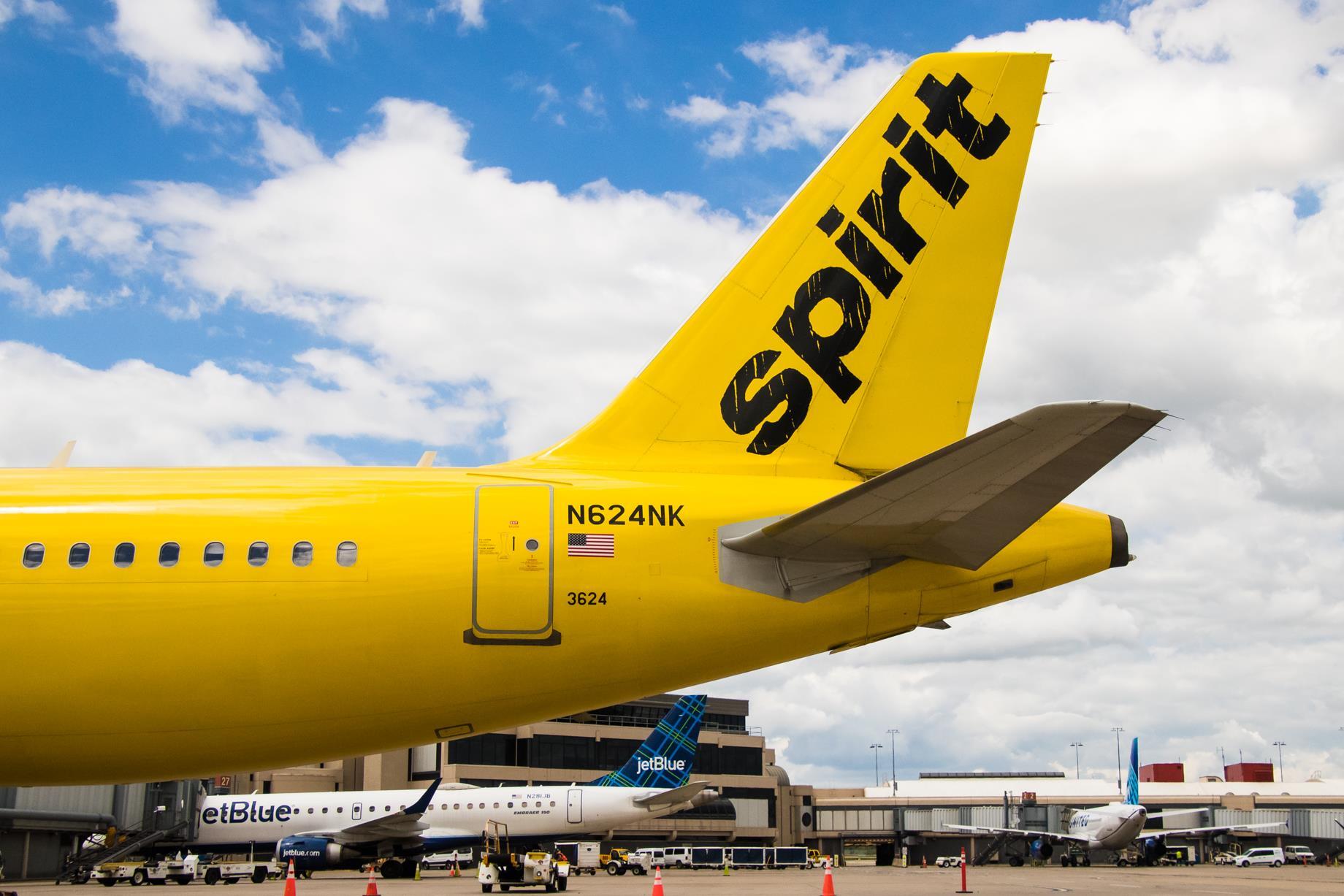
Are you curious about how airlines manage to stay financially stable despite the ups and downs of the travel industry? Airlines face numerous challenges, from fluctuating fuel prices to unpredictable passenger demand. Yet, many airlines continue to soar high, maintaining their financial health. Understanding the secrets behind their stability can be both fascinating and insightful. In this blog post, we will uncover 15 key facts that highlight the strategies and practices airlines use to navigate financial turbulence. Whether you're an aviation enthusiast or just someone interested in the business side of air travel, these facts will give you a clearer picture of what keeps airlines flying smoothly. Buckle up and get ready to learn!
Key Takeaways:
- Airlines make money from passenger tickets, cargo services, and extra charges. They also face challenges like fuel costs and competition, but use strategies like fleet management and dynamic pricing to stay financially stable.
- To stay financially stable, airlines optimize routes, form partnerships, and use customer loyalty programs. They also face challenges like economic downturns and high debt levels, but work hard to navigate the industry's complexities.
Understanding Airline Financial Stability
Airlines are a crucial part of global transportation, connecting people and goods across continents. However, the financial stability of airlines can be quite complex. Here are some intriguing facts about what keeps airlines financially afloat.
-
Revenue from Passenger Tickets: Passenger tickets are the primary source of revenue for most airlines. The price of these tickets can vary greatly depending on factors like demand, season, and competition.
-
Cargo Services: Besides passengers, airlines also transport cargo. This service can be a significant revenue stream, especially for airlines that have dedicated cargo fleets.
-
Ancillary Revenue: Airlines earn additional income through ancillary services such as baggage fees, seat selection, in-flight meals, and entertainment. These extra charges can add up to a substantial part of their income.
-
Fuel Costs: Fuel is one of the largest expenses for airlines. Fluctuations in fuel prices can significantly impact an airline's financial health. Many airlines use hedging strategies to manage this risk.
-
Labor Costs: Paying pilots, flight attendants, and ground staff is another major expense. Labor costs can account for a significant portion of an airline's operating expenses.
Financial Challenges Airlines Face
Airlines encounter numerous financial challenges that can affect their stability. Understanding these challenges can provide insight into the industry's complexities.
-
Economic Downturns: Economic recessions can lead to reduced travel demand, which directly impacts airline revenues. During such times, airlines may struggle to cover their fixed costs.
-
Competition: The airline industry is highly competitive. Low-cost carriers often force traditional airlines to lower their prices, squeezing profit margins.
-
Regulatory Costs: Airlines must comply with various regulations, which can be costly. These include safety standards, environmental regulations, and airport fees.
-
Debt Levels: Many airlines operate with high levels of debt. Servicing this debt requires substantial cash flow, which can be challenging during periods of low revenue.
-
Currency Fluctuations: Airlines operate globally, so they deal with multiple currencies. Fluctuations in exchange rates can affect profitability, especially for international routes.
Strategies for Maintaining Financial Stability
Despite the challenges, airlines employ various strategies to maintain financial stability. These strategies help them navigate the turbulent skies of the industry.
-
Fleet Management: Efficient fleet management is crucial. Airlines invest in fuel-efficient aircraft and retire older, less efficient models to reduce operating costs.
-
Route Optimization: Airlines constantly analyze and optimize their routes to ensure they are flying the most profitable paths. This involves cutting underperforming routes and adding new, high-demand destinations.
-
Partnerships and Alliances: Forming alliances with other airlines can provide benefits such as shared resources, expanded networks, and cost savings. These partnerships can enhance an airline's competitive edge.
-
Dynamic Pricing: Airlines use sophisticated algorithms to adjust ticket prices in real-time based on demand, competition, and other factors. This helps maximize revenue.
-
Customer Loyalty Programs: Frequent flyer programs encourage repeat business. By offering rewards and incentives, airlines can build a loyal customer base, ensuring a steady stream of revenue.
Final Thoughts on Airline Financial Stability
Airline financial stability is a complex topic. Understanding the factors that influence it can help travelers make informed decisions. From fuel prices to passenger demand, many elements play a role. Airlines must navigate economic fluctuations, regulatory changes, and operational costs. Financial health impacts ticket prices, service quality, and even safety standards. It's crucial for airlines to maintain a balance between profitability and customer satisfaction. By staying informed, passengers can choose airlines that prioritize both financial stability and excellent service. Keep an eye on industry trends and airline performance reports. This knowledge can enhance your travel experience and ensure you get the best value for your money. Remember, a financially stable airline is more likely to provide reliable and enjoyable flights. Stay savvy, and happy flying!
Frequently Asked Questions
Was this page helpful?
Our commitment to delivering trustworthy and engaging content is at the heart of what we do. Each fact on our site is contributed by real users like you, bringing a wealth of diverse insights and information. To ensure the highest standards of accuracy and reliability, our dedicated editors meticulously review each submission. This process guarantees that the facts we share are not only fascinating but also credible. Trust in our commitment to quality and authenticity as you explore and learn with us.


